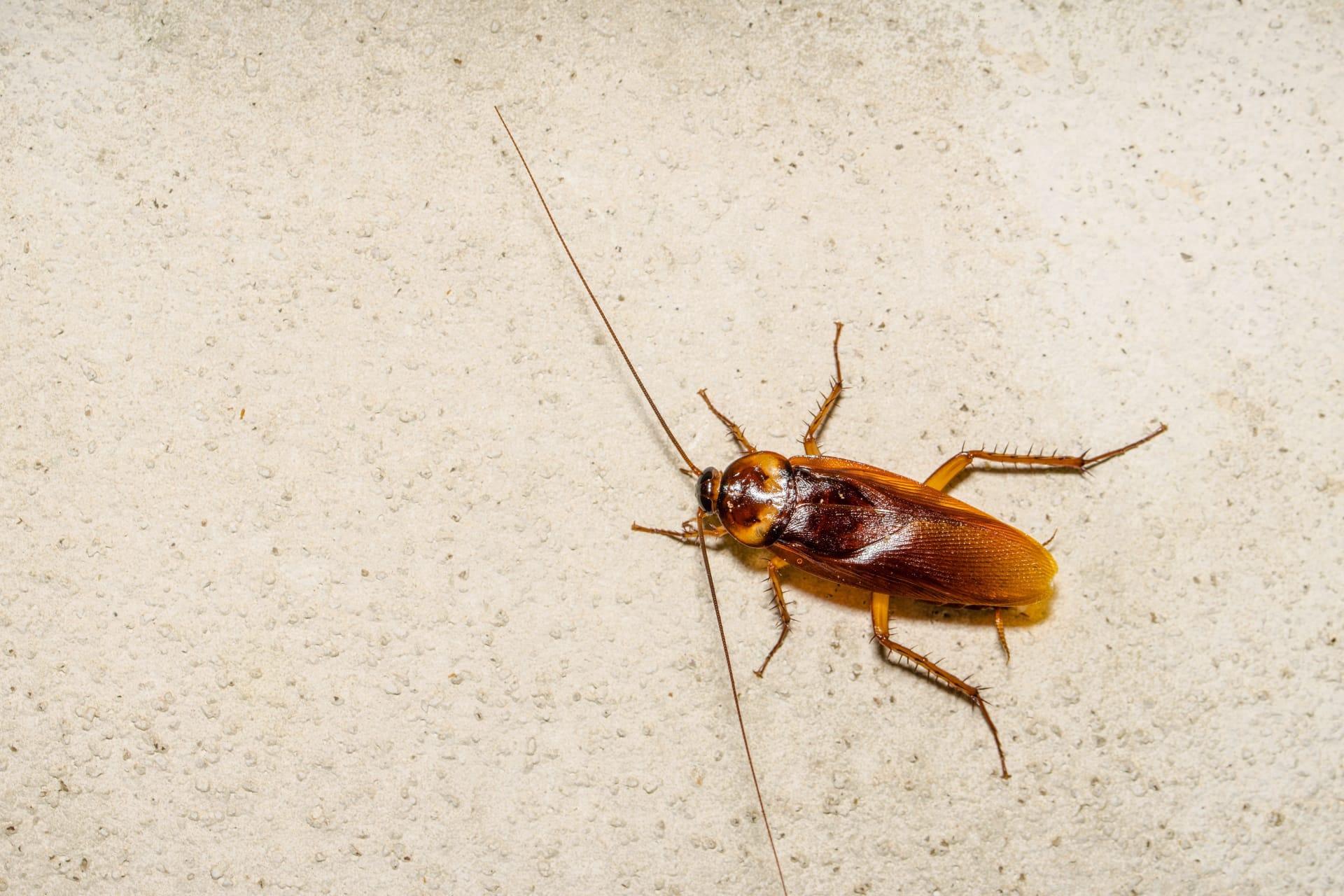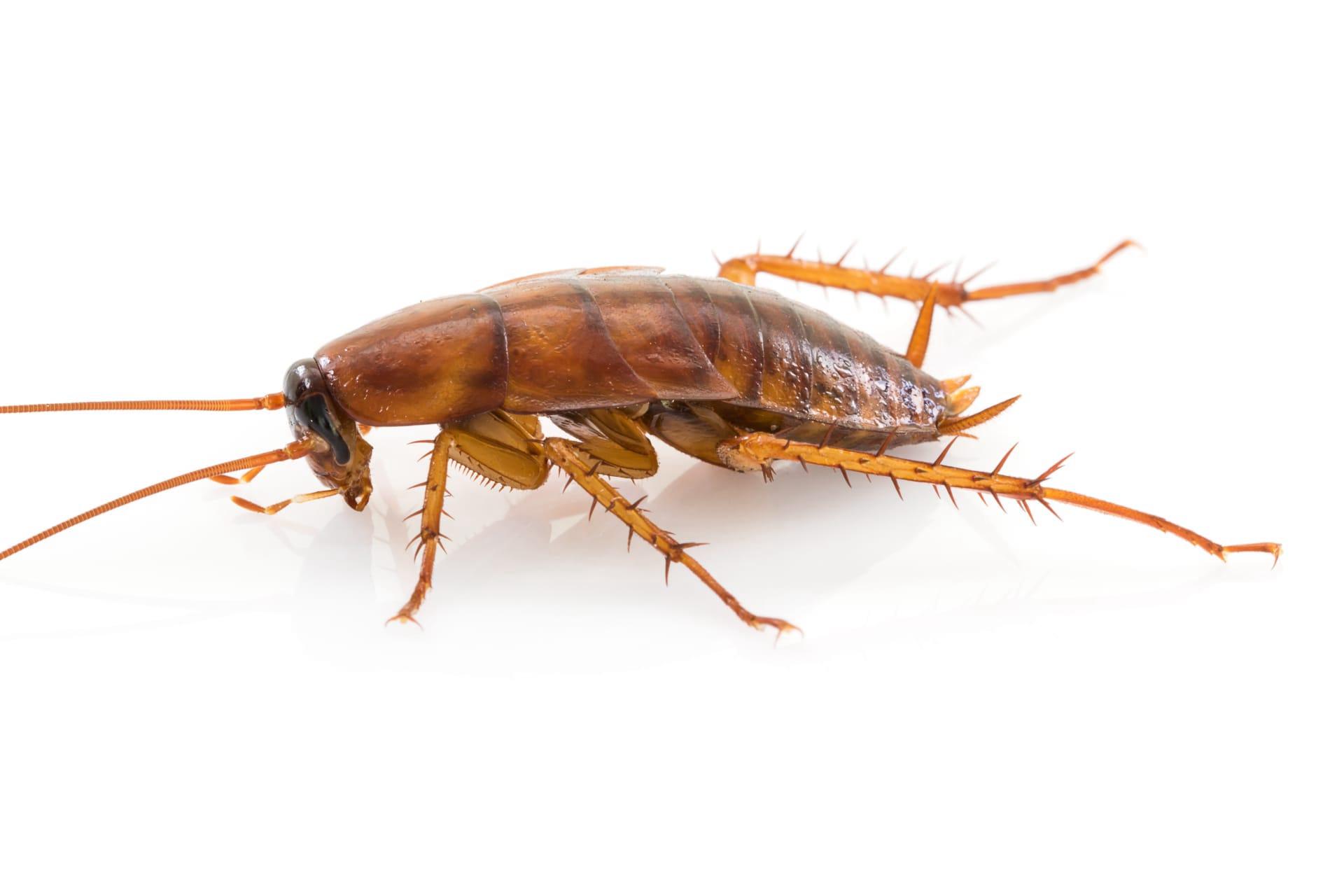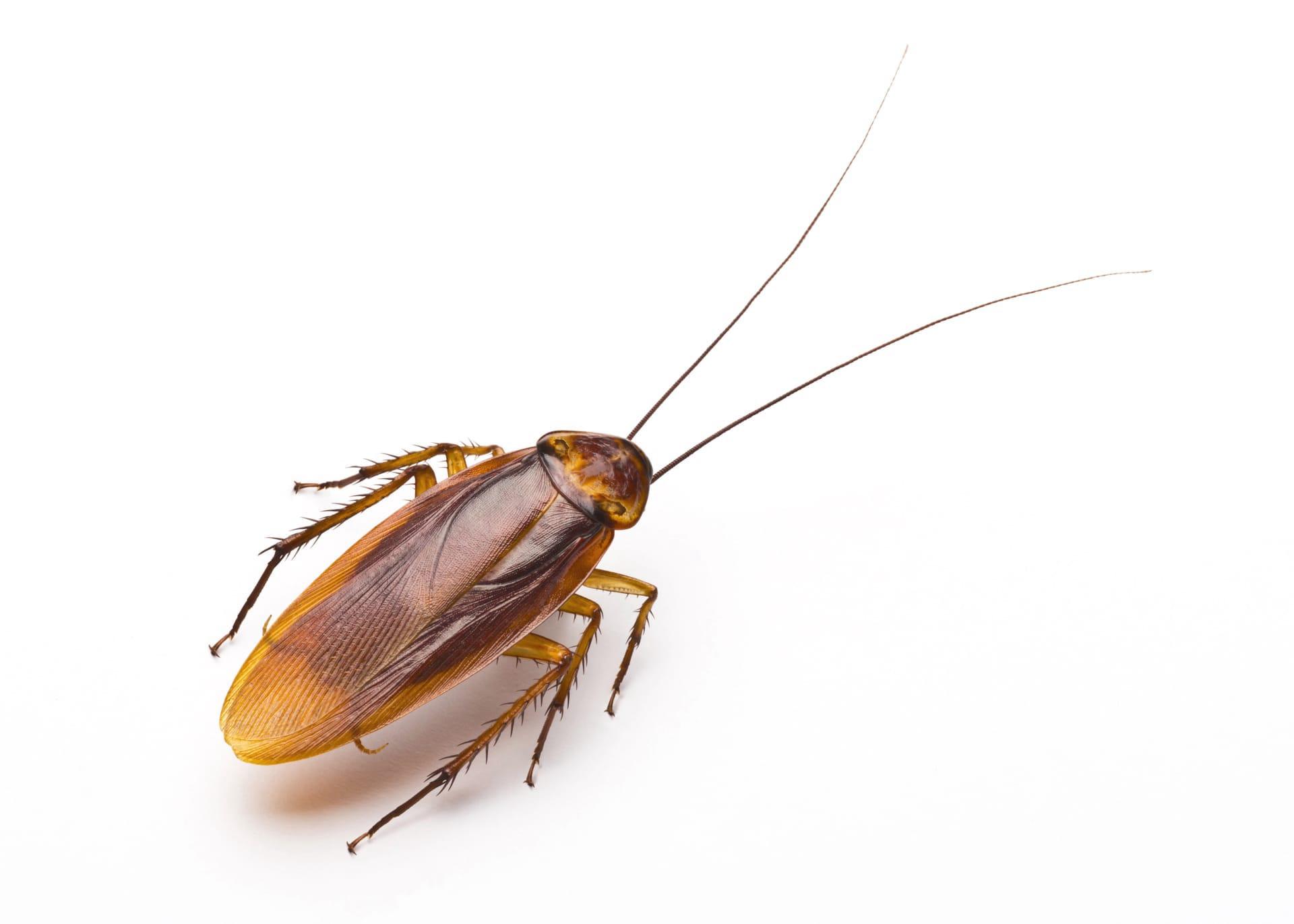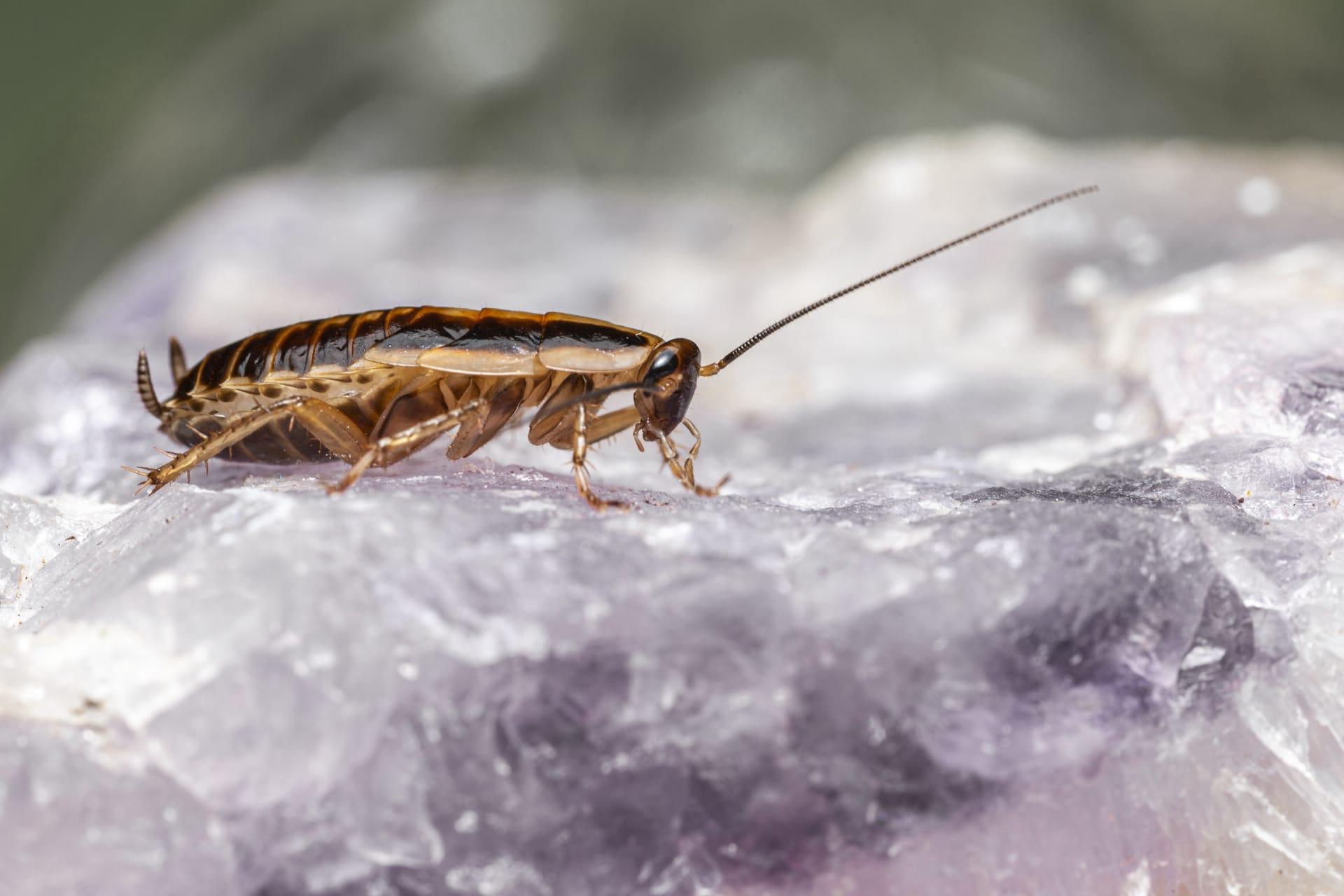Cockroach
- Home /
- Mini Encyclopedia /
- Animal /
- Cockroach
1
Cockroaches, a group of insects belonging to the order Blattodea, exhibit a remarkable diversity, with about 4,600 species identified worldwide. Not all species are pests; in fact, only about 30 species are associated with human habitats. The most common species include the German cockroach (Blattella germanica), the American cockroach (Periplaneta americana), and the Oriental cockroach (Blatta orientalis). Each species has unique characteristics. For example, the German cockroach is smaller, about 1.3 to 1.6 cm long, while the American cockroach is larger, reaching up to 4 cm in length.
Cockroaches are found almost everywhere on Earth, from tropical regions to colder climates. They are highly adaptable creatures, thriving in a variety of environments, including forests, caves, and, notably, urban areas. Urban species, like the German cockroach, prefer warm, humid conditions and are often found in kitchens and bathrooms. Meanwhile, the American cockroach is more common in sewers and basements. In natural environments, cockroaches play a vital role in the ecosystem, breaking down decaying organic matter.

2
Question: Can cockroaches survive a nuclear explosion?
Answer: This is a common myth, but the truth is more nuanced. Cockroaches are not immune to radiation, but they are more resistant compared to other insects and animals. Studies have shown that cockroaches can withstand radiation levels up to 10 times higher than humans. This resilience is attributed to their simpler cell cycles and greater ability to repair DNA damage. However, this does not mean they can survive a direct nuclear blast, which would be lethal due to heat and force.

3
Cockroaches have developed several survival strategies that contribute to their reputation as hardy creatures. One key trait is their rapid reproduction rate. For instance, a single female German cockroach can produce up to 400 offspring in her lifetime. This prolific breeding helps maintain their population even in adverse conditions. Additionally, cockroaches are nocturnal and elusive, which helps them avoid predators and human detection.
Another aspect of cockroach survival is their dietary flexibility. They are omnivores that can eat a wide range of organic materials, including glue, soap, and even hair. This adaptability in diet allows them to survive in various environments, from pristine forests to urban dwellings filled with human waste. Their ability to go without food for a month and survive on limited water sources further underscores their resilience.

4
In the ecosystem, cockroaches play several vital roles. They are decomposers, breaking down organic waste and returning nutrients to the soil. This process is crucial for nutrient cycling and soil health. In natural habitats, they also serve as a food source for various predators, including birds, mammals, and other insects, thereby contributing to the food chain.
Despite their negative reputation in urban settings, cockroaches are important for biodiversity. In some ecosystems, they are pollinators, helping in the reproduction of certain plant species. Their burrowing and foraging activities aerate the soil, promoting plant growth. However, in urban areas, they can be pests, spreading pathogens and causing allergic reactions, highlighting the dual nature of their ecological impact.

5
Film: "The Secret World of Cockroaches" is a notable documentary produced in the United States in 2018. It delves into the fascinating and often misunderstood life of cockroaches. The film explores various species in different environments, highlighting their survival strategies and ecological roles, from urban pests to essential decomposers in the wild.
Book: "The Remarkable Cockroach: Nature's Resilient Survivor," authored by Dr. John H. Offenberg, published in the USA in 2020, offers an in-depth look into the world of cockroaches. It covers their evolutionary history, biology, and the ecological significance of these often-maligned insects. The book also addresses common misconceptions and the challenges of cockroach pest control.
Book: "Cockroaches: Ecology, Behavior, and Natural History" by William J. Bell, Louis M. Roth, and Christine A. Nalepa, published in the UK in 2007, provides a comprehensive study of cockroach biology and behavior. The authors, renowned entomologists, delve into the social and reproductive behaviors of cockroaches, their interactions with humans, and their role in the ecosystem, offering a balanced perspective on these adaptable insects.